
Treatment for Stroke, which is a medical emergency, and prompt treatment is crucial. Early action can reduce brain damage and other complications.
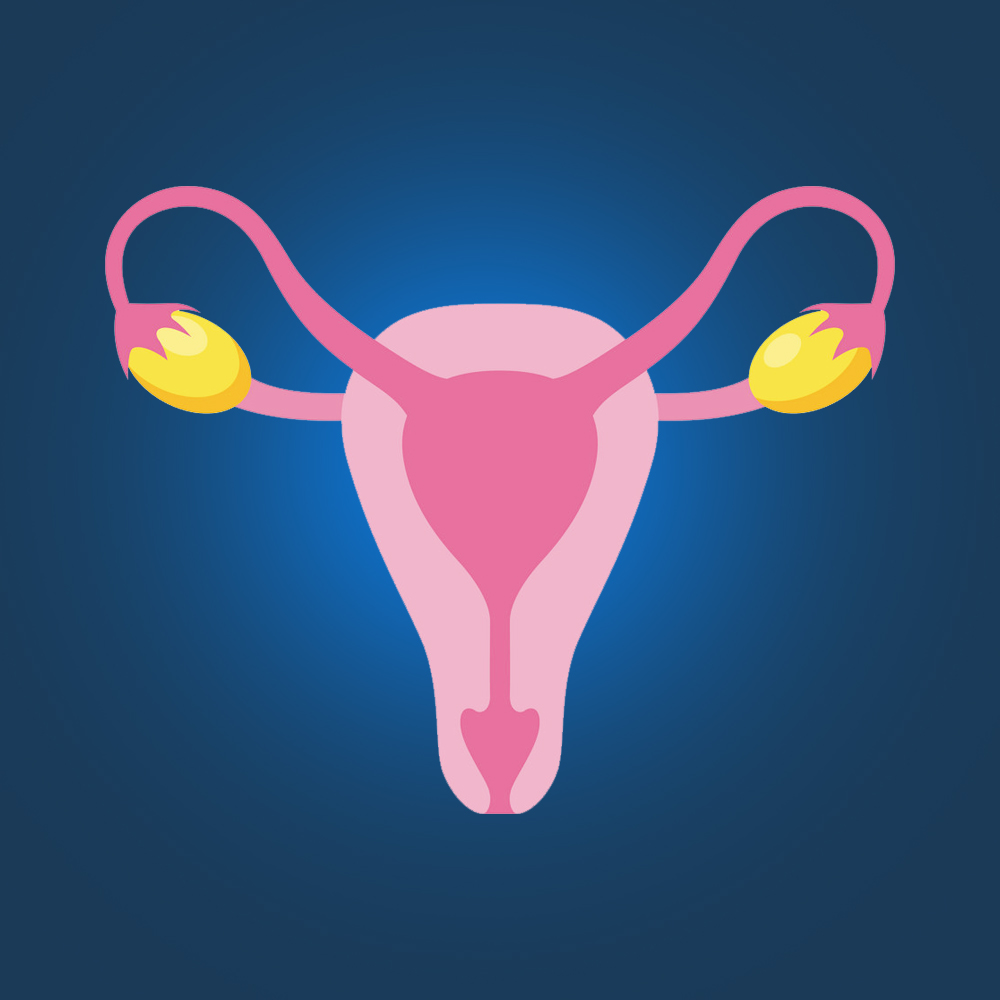
The treatment for Polycystic Ovarian Disease in Ayurveda recommends Virechana, Nasya, Shirodhara and uttarbasti for PCOD along with Diet and lifestyle modification.
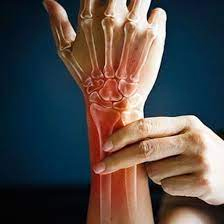
Ayurvedic diet and lifestyle practices, including taking herbs and supplements and practicing yoga, may be beneficial for people living with rheumatoid arthritis (RA).
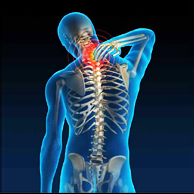
Ayurveda Panchakarma therapies are used for treating cervical spondylosis to relieve pain, inflammation of muscles and ligaments and to improve the flexibility of neck bone joints.
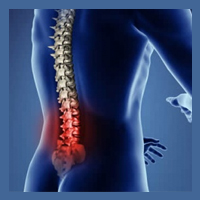
Ayurvedic treatment of Lumbar spondylosis comprises of herbal medicines and therapies that help to relax the muscles, relieve inflammation to the nerves and, heals the damage.
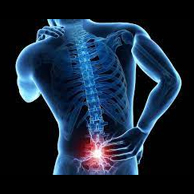
Back pain can be treated using specialised proper dietary and lifestyle habits and ayurvedic medicines. It's just a matter of time until you get a face-off with lower back pain (lumbar pain).
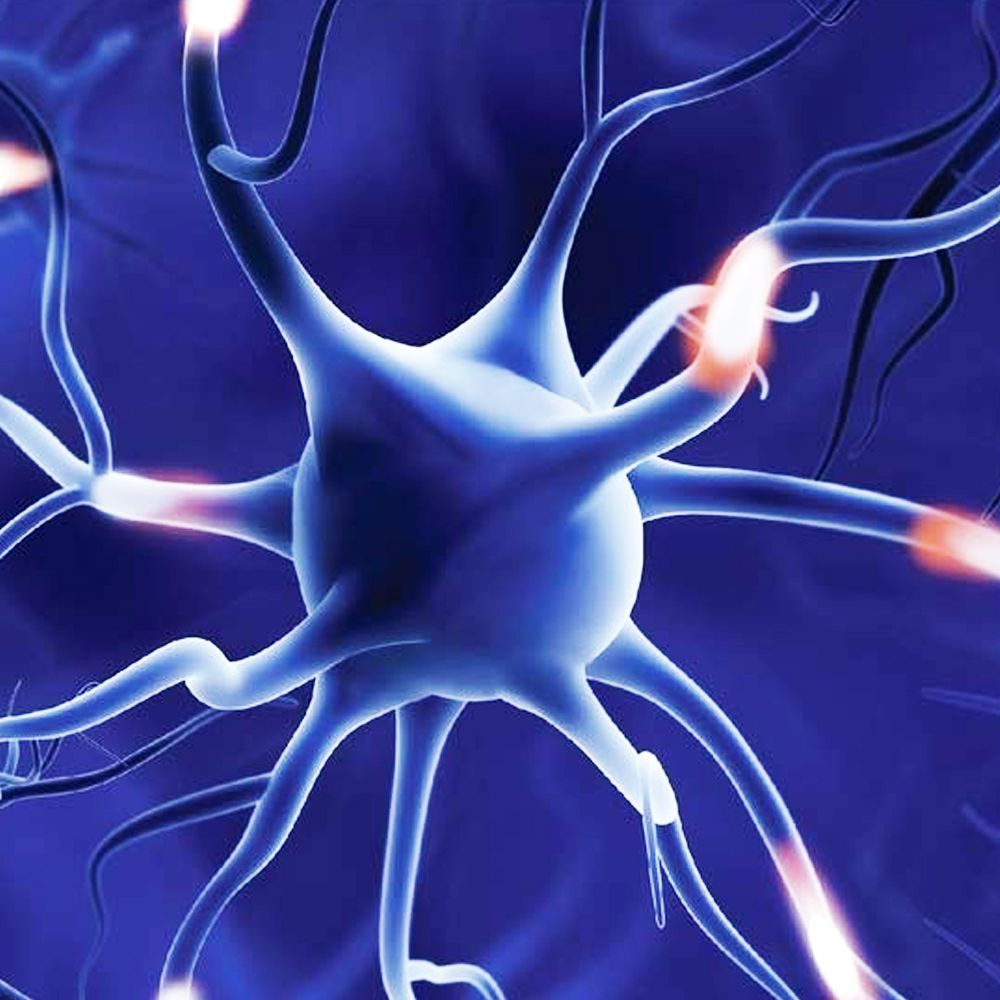
MND(Motor Neuron Disease) is a general term given to a group of diseases affecting the motor neurons that controls muscle movement in the brain and spinal cord.
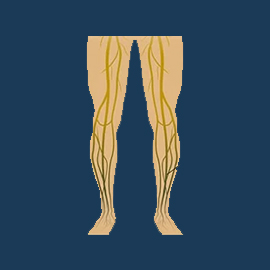
Our Treatment for Diabetic neuropathy can reduce the cause of problems with the sensory, autonomic and motor nerves and the nerves in your legs and feet caused by Diabetic Neuro.

Majorly, Skin diseases are caused by doshic imbalance and Ayurveda can cure long-term skin diseases and chronic conditions such as dermatitis and eczema.
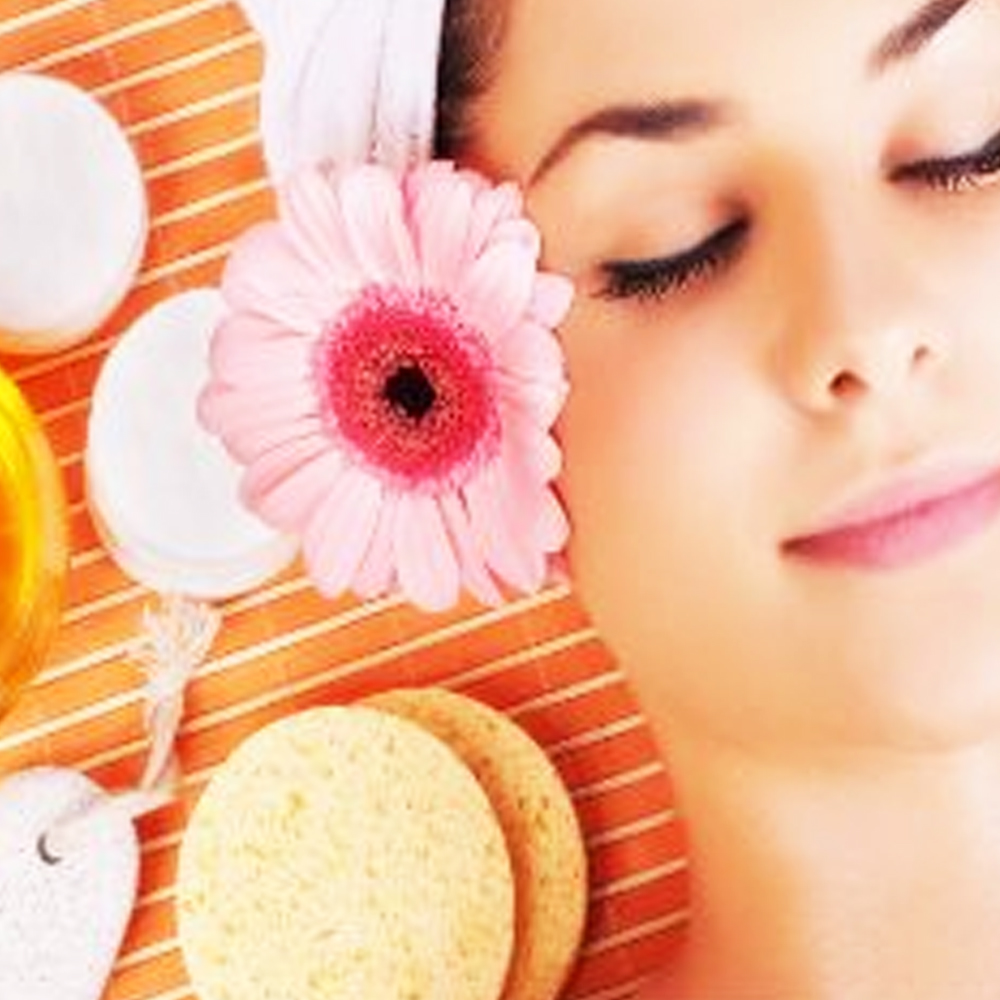
Ayurvedic skin care treatments are based on skin type.According to Ayurveda, skin is made up of bioenergetic or life forces that make up the constitution of the body and mind.
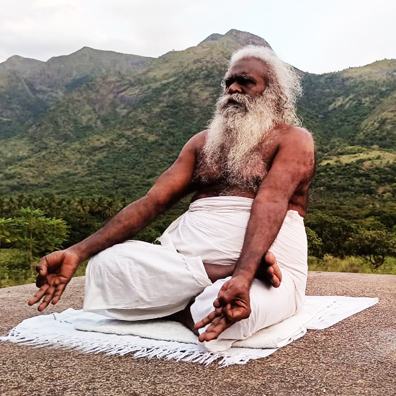
In an Ayurveda, patients will learn how to harness the healing powers of both Ayurveda and of Yoga. Meditation is a healing practice that allows us to experience inner calm and deep relaxation.
Ayurveda or Ayurvedic medicine is an ancient system of health care that is native to the Indian subcontinent. It is now in practice for health care in European countries. In the word "Ayurveda" āyur refers "life" or "life principle", and the word veda, which refers to a system of "knowledge".
Ayurveda gives us a model to look at each individual as a unique makeup of the three doshas and to thereby design treatment protocols that specifically address a person’s health challenges.
When any of the doshas become accumulated, ayurveda will suggest specific lifestyle and nutritional guidelines to assist the individual in reducing the dosha that has become excessive. Also, herbal medicines will be suggested, to cure the imbalance and the disease.
Balanced Tridosha means a Healthy Person
Every person (and thing) contains all three doshas. However, the proportion varies according to the individual and usually one or two doshas predominate. Within each person the doshas are continually interacting with one another and with the doshas in all of nature. This explains why people can have much in common but also have an endless variety of individual differences in the way they behave and respond to their environment.
How Do We Get Sick?
Ayurveda holds that specific disease conditions are symptoms of an underlying imbalance. It does not neglect relief of these symptoms, but its focus is on the big picture: to restore balance and to help you create such a healthy lifestyle that the imbalance won't occur again.
“Living in health and balance is the key to a long life free from disease.”